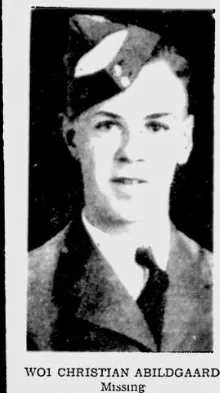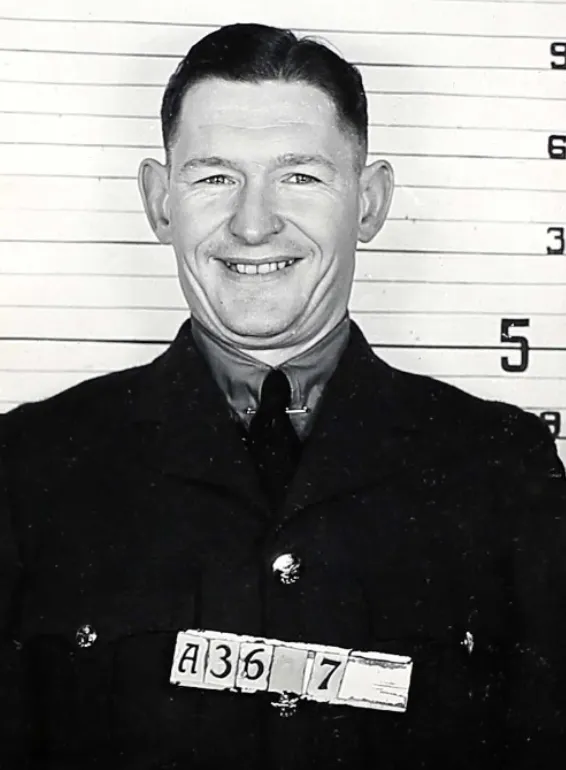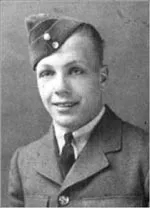Slawson, John Colquhoun (Pilot Officer)
Killed in Action 1944-December-04
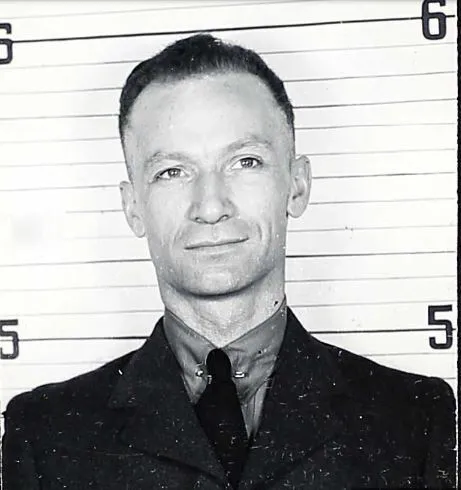

Birth Date: 1914
Born:
Parents: Son of William John and Martha (ne Dunlop) Slawson of Victoria Harbour, Ontario; husband of Myrtle D. Slawson, father of John Lynwood of Toronto, Ontario, Canada. Born in Toronto, 9 October 1914. Brot
Spouse: Husband of Myrtle D. Slawson, father of John Lynwood of Toronto, Ontario, Canada. Born in Toronto, 9 October 1914. Brot
Home: Toronto, Ontario
Enlistment:
Enlistment Date: unkown date
Service
RCAF
Unit
354 (B) Sqn- Squadron (RAF)
-
Base
Rank
Pilot Officer
Position
Wireless Air Gunner
Service Numbers
J/95479
Prev: R/165065
Home
Crew or Other Personnel
Liberator KG822
Liberator serial: KG822
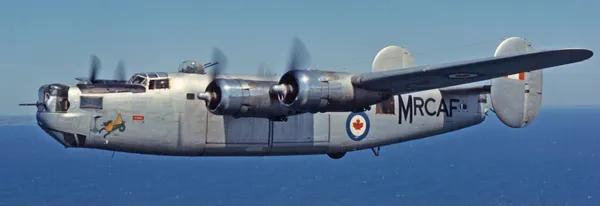
Consolidated Liberator G.R. Mk. VIII, RCAF (Serial No. 11130) ex-USAAF Consolidated (Vultee) B-24L Liberator USAAF (44-50154)
ex-RAF (Serial No. 5009), ex-Indian Air Force (Serial No. HE773).
Currently preserved in the Canada Aviation and Space Museum Ottawa Ontario.
The Consolidated B-24 Liberator was an American heavy bomber flown by the RCAF during the Second Word War. It was designed with a shoulder-mounted, high aspect ratio Davis wing which gave the Liberator a high cruise speed, long range and the ability to carry a heavy bomb load. Early RAF Liberators were the first aircraft to cross the Atlantic Ocean as a matter of routine. In comparison with its contemporaries the B-24 was relatively difficult to fly and had poor low speed performance; it also had a lower ceiling compared with the Boeing B-17 Flying Fortress. Of the roughly 18,500 B-24s built in the USA during the war, 148 were flown by the RCAF on long range anti-submarine patrols, with the B-24 serving an instrumental role in closing the Mid-Atlantic gap in the Battle of the Atlantic. The RCAF also flew a few B-24s post war as transports.
Roughly half of all (RAF) Liberator crews in the China-Burma-India (CBI) Theatre were Canadian by the end of the war. John Muir of Vancouver flew the longest mission of the war: 24hrs, 10mins from Ceylon to Burma and back. (Kyle Hood) Harold Skaarup web page
